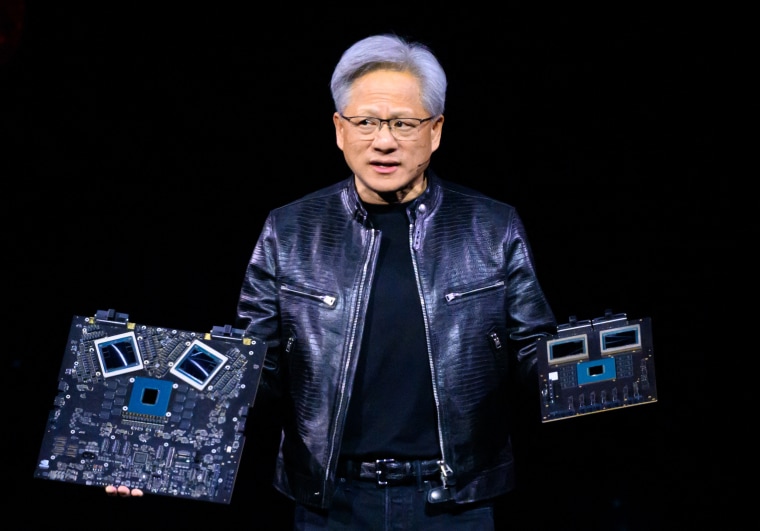Intel Used to Dominate the U.S. Chip Industry – Now It’s Struggling to Stay Relevant
The U.S. semiconductor industry has long been a powerhouse in the global market, with established players like Intel leading the charge. However, in recent years, Intel has been facing numerous challenges that are threatening its position as a dominant player in the chip industry. From manufacturing delays to increasing competition from rivals like AMD and Nvidia, Intel is under pressure to innovate and adapt to stay ahead of the game.
One of the key issues plaguing Intel in recent times is its struggles with advancing chip manufacturing technology. The company has faced numerous setbacks and delays in transitioning to smaller node sizes, which are crucial for improving performance and reducing power consumption in chips. Intel’s competitors, such as Taiwan Semiconductor Manufacturing Company (TSMC) and Samsung, have successfully advanced to more advanced manufacturing processes, leaving Intel playing catch-up.
Another factor contributing to Intel’s challenges is the increasing competition in the market. Companies like AMD and Nvidia have been gaining momentum with their innovative chip designs and technologies, posing a significant threat to Intel’s market share. AMD, in particular, has been successful in capturing a larger share of the CPU market with its Ryzen processors that offer competitive performance at more affordable prices compared to Intel’s offerings.
Intel’s struggles have also been exacerbated by the global chip shortage, which has disrupted supply chains and impacted production capacities across the industry. The increased demand for chips driven by various sectors, including automotive, consumer electronics, and data centers, has put further strain on Intel’s ability to meet market demands.
In response to these challenges, Intel has been making strategic moves to regain its competitive edge and position itself for future growth. The company has announced plans to invest heavily in research and development, focusing on areas such as artificial intelligence, 5G, and autonomous vehicles to diversify its product portfolio and capture new market opportunities.
Additionally, Intel has been ramping up its efforts to improve its chip manufacturing capabilities, with plans to build new manufacturing facilities and partner with third-party foundries to accelerate its transition to advanced node technologies. The company’s recent partnership with TSMC to produce some of its upcoming chips is a significant step towards overcoming its manufacturing challenges and regaining competitiveness in the market.
Despite the challenges that Intel is currently facing, the company still holds a strong position in the chip industry and has the resources and expertise to bounce back. By leveraging its strengths in research and development, investing in innovation, and collaborating with strategic partners, Intel has the potential to once again dominate the U.S. chip industry and stay relevant in the ever-evolving tech landscape.



